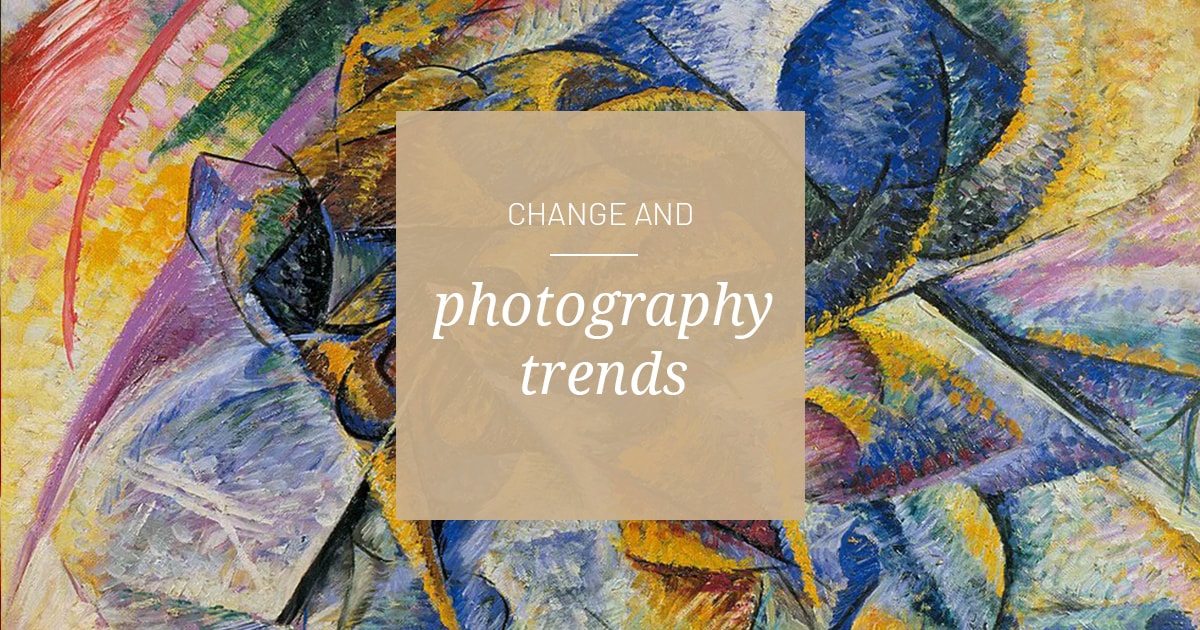We commit to the change we seek to make. While our tactics will evolve, our artistry must remain constant. We should adjust our methods without losing sight of our goals. “Changing” doesn’t mean wanting to be an actor one day and a photographer the next. That kind of change disrupts your reputation and affects the people you are committed to serve.
I’ve observed various trends: blurry photos, Dutch angles, paparazzi-style flashes, and shutter drags. If photography is a language, then each tactic we use is like a word or phrase. The real question is, what’s the point of the story? Or, What is the communicative intent of my art?
Consider the current trend of using flash in photography. There’s nothing inherently wrong with it. In fact, mastering the ability to photograph in challenging lighting conditions is a commendable skill. But here’s the catch: when we latch onto this tactic and transform the entire wedding into a 60s afterparty, we lose something vital. We strip away the rich vocabulary that once captured the full spectrum of the wedding experience—from moments of profound introspection to bursts of deep joy, and yes, the party too!
Our job isn’t just to follow trends; it’s to lead with intention. We must remember that while tactics can and should evolve, our commitment to telling a meaningful story remains unchanged. Don’t let the lure of a new trick flatten your work into a one-dimensional cliché. Instead, use it to add depth and texture to the narrative you’re weaving. The magic lies in the balance while retaining a foundational narrative.
Tactics will always change; embrace that, adapt, and then get back to work. The destination remains the same; even though the path towards it will likely change.

I chose Umberto Boccioni’s “The Evolution of Forms” as a cover for this post, because it is a striking representation of the Futurist movement, which celebrated dynamism, technology, and the energy of modern life. This piece exemplifies the concept of evolving tactics while staying true to a core vision. Boccioni’s work maintains a consistent focus on movement and change, yet each piece employs different methods and styles to convey these themes.



